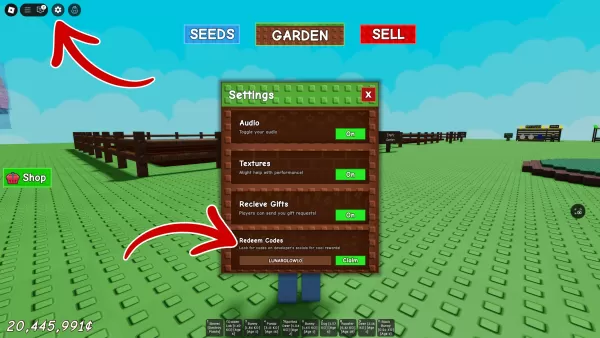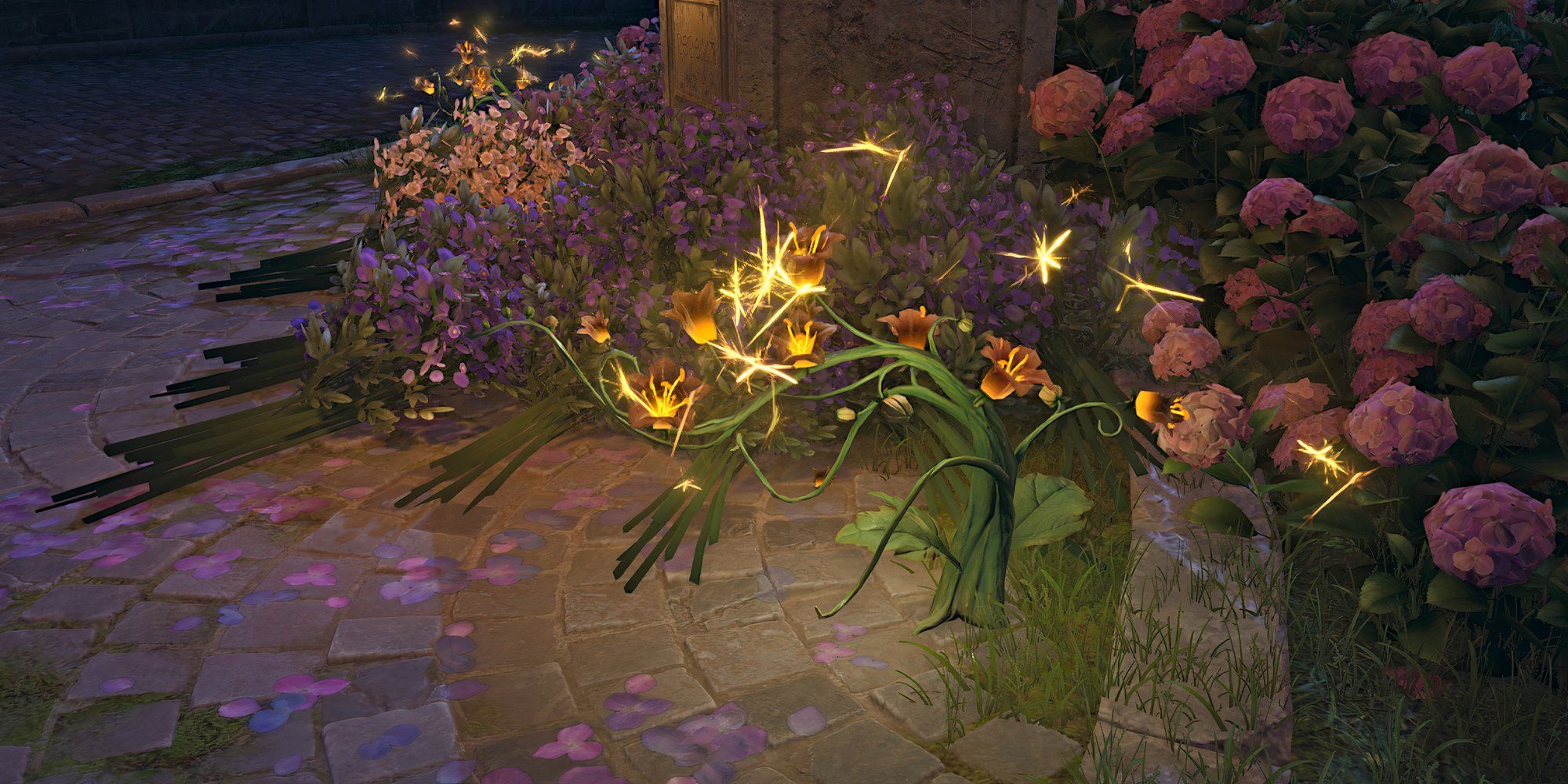Update 5/14/25: Digital Foundry has disclosed the complete specifications of the SoC powering the Nintendo Switch 2, confirming many rumors about its capabilities, including the number of CUDA cores in the Tegra T239. This sheds light on the console’s performance when it launches in June, though game optimization for this robust mobile hardware remains to be seen. The future looks promising.
Original article:
The Nintendo Switch 2 has been unveiled, offering significant upgrades over its predecessor, but it faces a crowded market unlike the original handheld. With competitors like the Steam Deck and Asus ROG Ally X, many portable gaming devices now handle AAA PC titles on the go.
While the Switch 2 secures its place with exclusive Nintendo titles like Mario Kart World, those eyeing it for multiplatform games must weigh it against devices like the Steam Deck, especially at its $449 price point.
With Nintendo revealing details about the console’s hardware, we can now assess its performance potential and whether its 4K claims hold water.
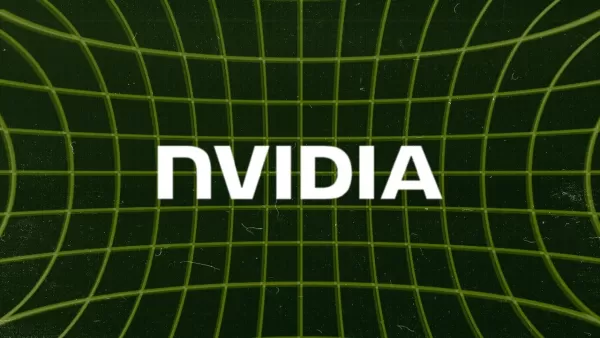
Nvidia’s Tailored Processor
The System on a Chip (SoC) driving the Nintendo Switch 2 is its core component. Featuring a custom Nvidia processor with DLSS and ray tracing support, the console runs on the Nvidia Tegra T239, an APU with an 8-core ARM CPU and an Ampere GPU boasting 1,536 CUDA cores. For context, Ampere powers the RTX 3080, though the Switch 2’s chip is far less potent.
Since 2023, leaks hinted at the Nvidia Tegra T239 SoC for the Switch 2, now verified. This APU combines 8 ARM A78C cores with an Ampere GPU featuring 1,536 CUDA cores, equating to 12 Streaming Multiprocessors—smaller than the smallest Ampere GPU, the laptop RTX 3050. Each SM likely includes four Tensor Cores and one RT core, totaling 48 and 12, respectively.
Comparatively, the Steam Deck’s custom AMD APU uses 8 RDNA 2 GPU cores, less than the Switch 2’s offering. However, its lower-resolution display demands less power. Upcoming AMD Z2 processors, like the Z2 Extreme with 16 RDNA 3.5 GPU cores, will significantly outperform but cost more.
Nintendo Switch 2 Direct April 2025 Lineup
All games showcased in Nintendo’s April 2 Switch 2 reveal event.See All


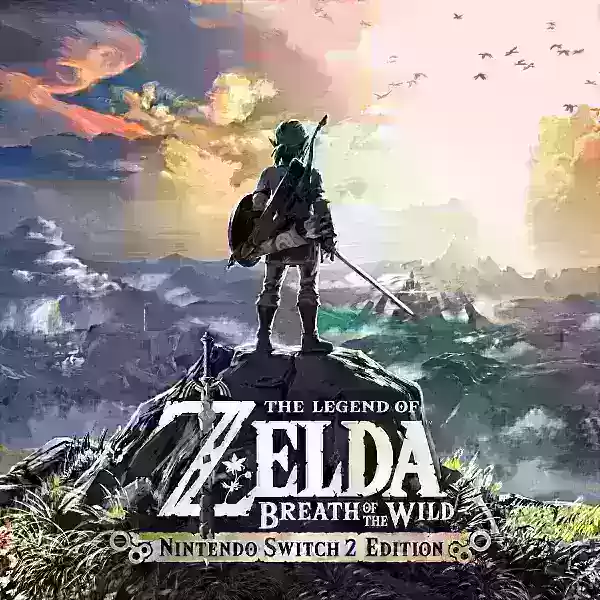
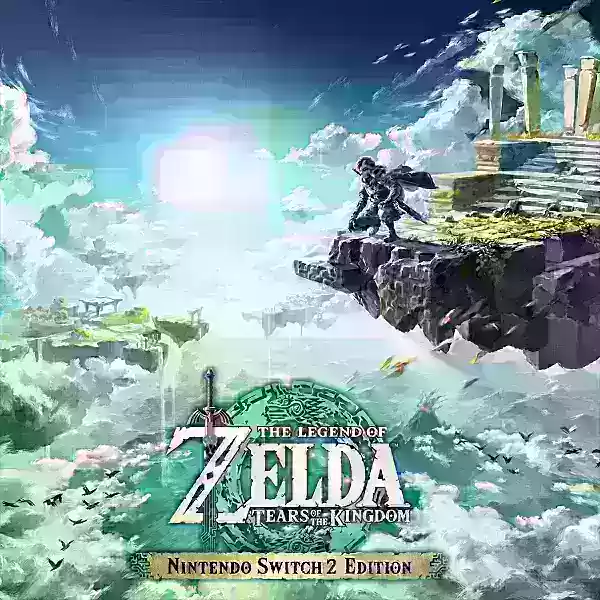




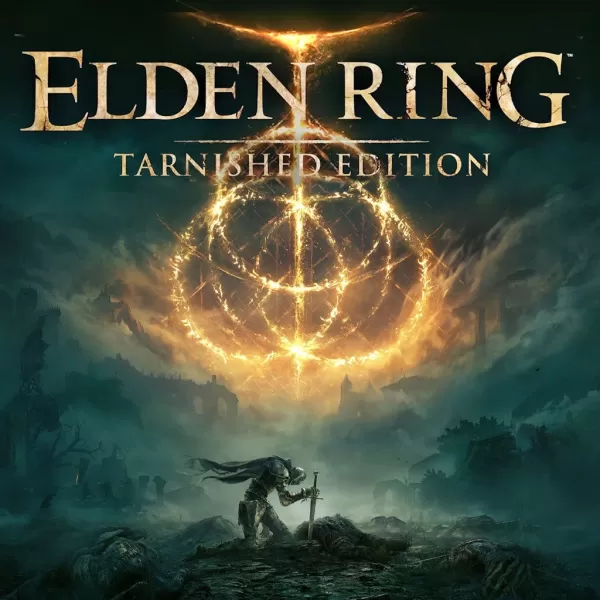
With such a compact GPU, native 4K gaming is unlikely, but DLSS could enhance performance when docked, assuming this SoC is used. With limited Tensor Cores, upscaling to 4K may struggle in demanding games.
Most titles will likely aim for 1080p, often upscaled. Digital Foundry’s demos suggest games like Donkey Kong Bananza hit native 1080p, but third-party titles like Cyberpunk 2077 rely on upscaling from as low as 540p. Expecting 4K for Cyberpunk 2077, even with DLSS, is unrealistic, though Nintendo’s own games may fare better at 1080p.
The T239’s Ampere cores include RT cores, enabling hardware-based ray tracing. However, with only 12 RT cores, expect modest ray tracing effects, not transformative visuals, especially in demanding titles like Cyberpunk 2077.
Ray tracing’s high GPU demands are further limited by the T239’s power constraints. Digital Foundry’s Richard Leadbetter estimates the system consumes just 10W, including display and mainboard, leaving roughly 5-6W for the SoC—far less than the Steam Deck’s AMD APU.
[The Switch 2’s GPU runs at 1,007MHz when docked, slightly below 1GHz, slower than the mobile RTX 3050. In handheld mode, it drops to 561MHz, impacting performance significantly.
The CPU, surprisingly, runs faster in handheld mode at 1,101MHz versus 998MHz when docked, possibly due to reduced memory bandwidth in portable mode, which affects gaming performance.
The console features 12GB of LPDDR5 memory on a 128-bit bus, a major leap from the original Switch. Docked, it achieves 102GB/s bandwidth, dropping to 68GB/s in handheld mode, critical for open-world games like Mario Kart World.]
While the Switch 2 may not match the raw power of handheld gaming PCs like the Asus ROG Ally X, Nintendo’s titles, such as Mario Kart World and Donkey Kong Bananza, showcase stunning visuals, highlighting developers’ skill in maximizing hardware potential.
The original Switch used the Nvidia Tegra X1 with 256 CUDA cores on the outdated Maxwell architecture. The Switch 2’s Ampere GPU, with six times more cores, is far more efficient, promising smoother cross-generation ports like The Legend of Zelda: Tears of the Kingdom.
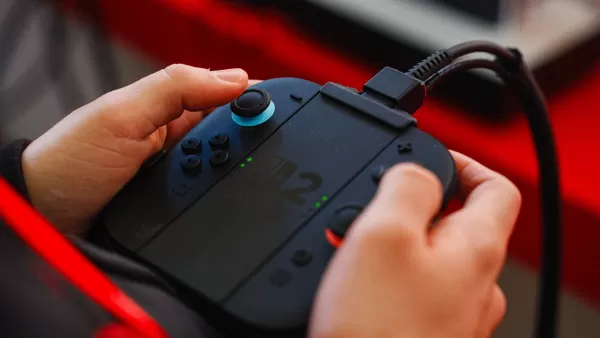
Battery Performance
A 10W system power budget limits speed but boosts battery efficiency. Nintendo claims a minimum two-hour battery life, shorter than the original Switch due to its higher-resolution display and stronger processor.
The Switch 2’s 5,220mAh battery is a notable upgrade from the original’s 4,310mAh, roughly equating to 19Whr. Though smaller than the Steam Deck’s, it offers comparable battery life due to its less power-intensive chip.
A larger battery was likely avoided to maintain the console’s slim design, balancing power and portability.
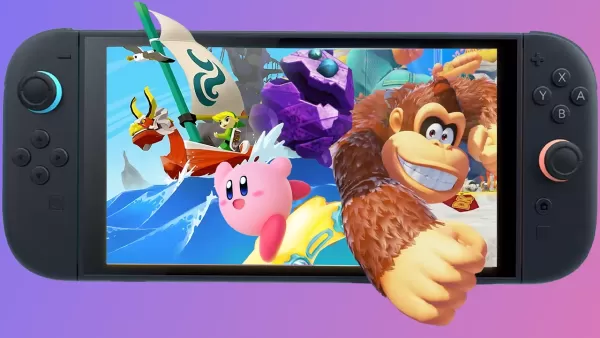
The Screen
The Switch 2’s display stands out with a 7.9-inch 1080p LCD, supporting HDR 10 and a 120Hz variable refresh rate. While not OLED like the Switch OLED, it’s larger and sharper than the original’s 6.2-inch 720p LCD.
HDR 10 certification ensures at least 1,000 nits peak brightness, and Wide Color Gamut support promises vibrant visuals. Compared to the Steam Deck’s 800p LCD (400 nits) or OLED, the Switch 2’s screen is a significant upgrade, enhancing smoothness for games with unlocked frame rates.
Is the Nintendo Switch 2 Worth It?
The Switch 2 vastly outperforms the original with a sharper, brighter display, faster performance, and improved Joy-Con. However, it competes in a crowded handheld market where pricier devices may excel in multiplatform games.
Its true strength lies in Nintendo’s exclusive titles. For fans of games like Mario Kart World, the Switch 2 is a compelling choice. For multiplatform titles like Cyberpunk or Elden Ring, other handhelds may offer better performance.

 Latest Downloads
Latest Downloads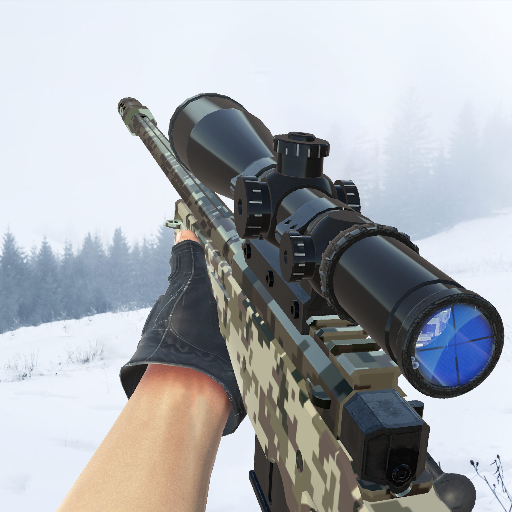
 Downlaod
Downlaod




 Top News
Top News